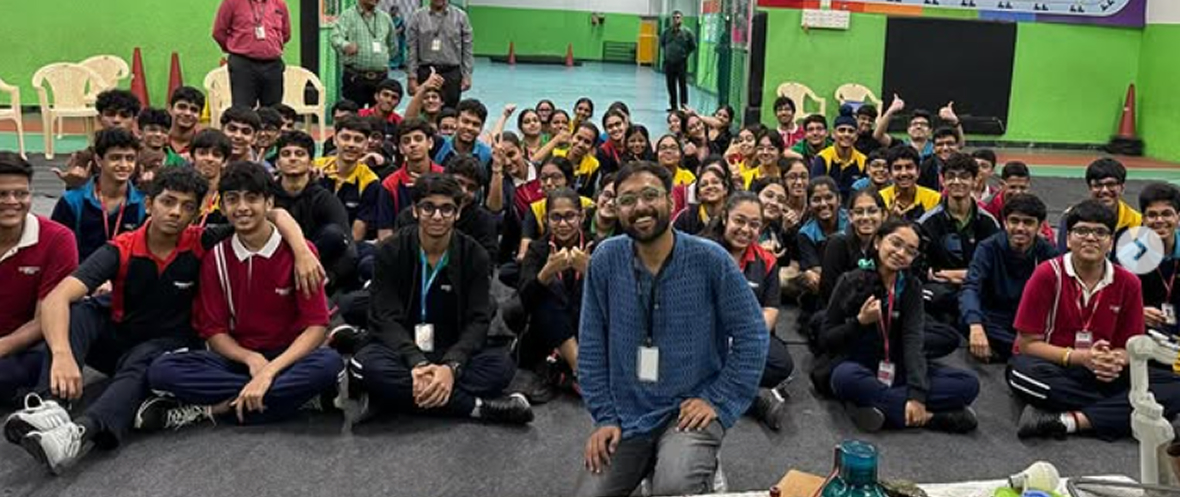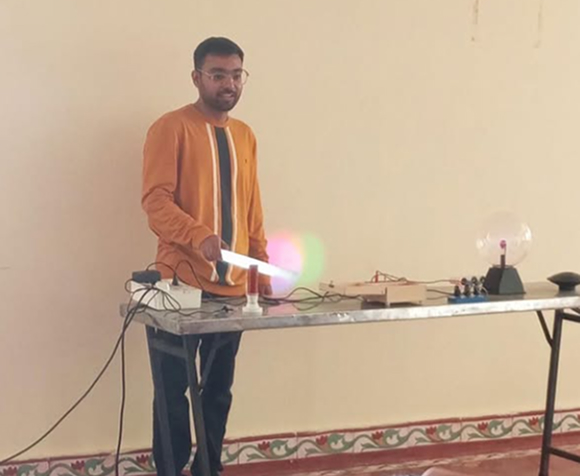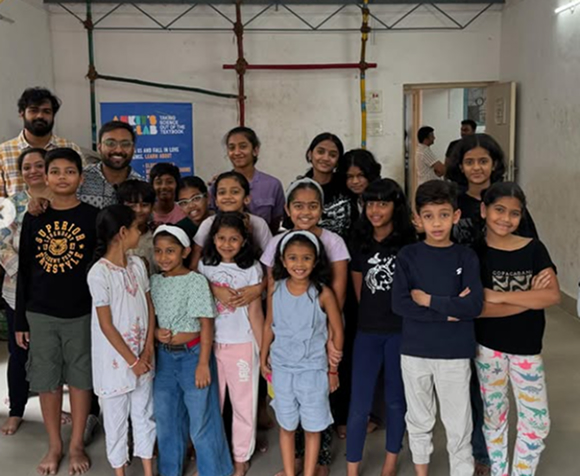Ankit Rathore, an IIT Bombay alumnus, was passionate about teaching physics to young kids. His vision was to transform science education in India, making it meaningful and experiential rather than textbook-based. He wanted to create a global edu-tainment platform where kids could fall in love with science.


Ankit Rathore, an IIT Bombay alumnus, set out to make science fun and experiential for kids worldwide.


Get the best business tips and interviews with experts in your inbox so you can enjoy heart centricity in business.